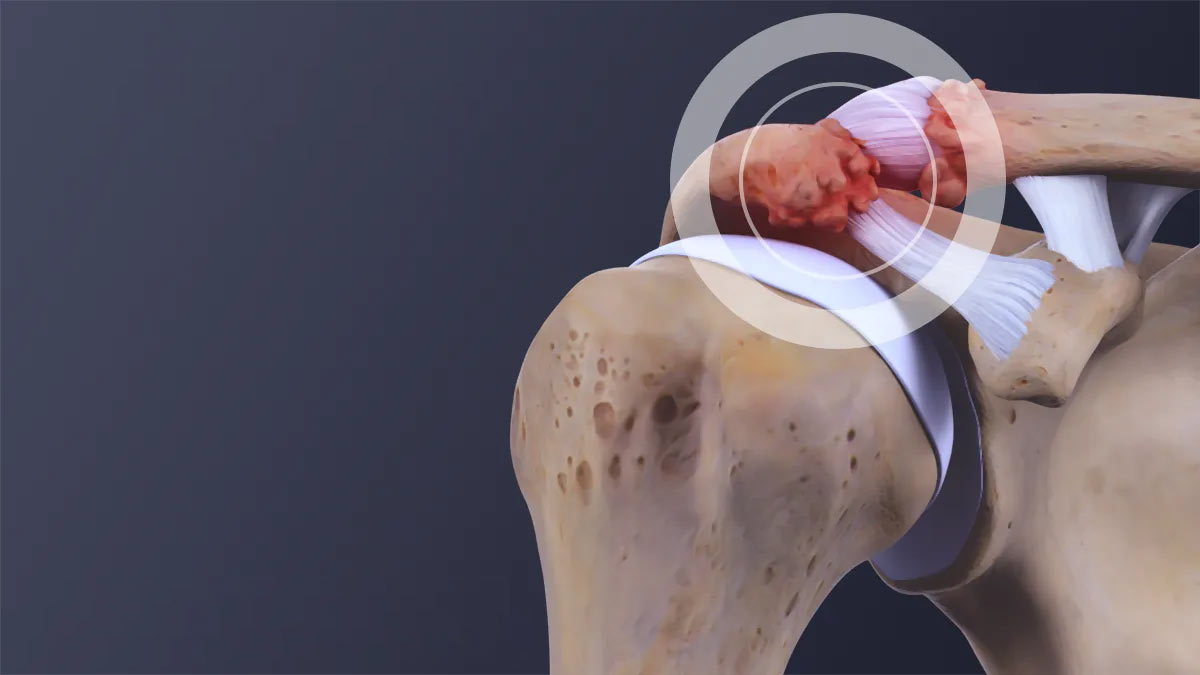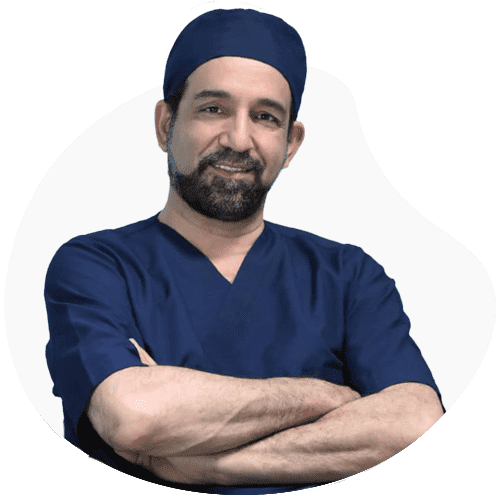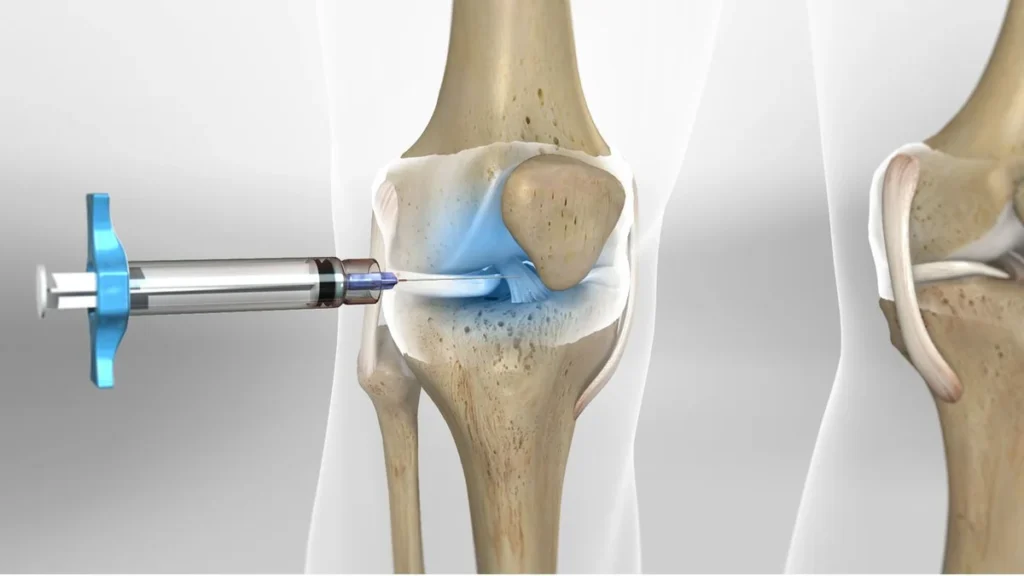In this article from the Limb Lengthening Center of Iran, we will discuss Acromioclavicular Joint Osteoarthritis.

- Introduction: Understanding the Acromioclavicular Joint
- Anatomy of the Joint
- Osteoarthritis and Cartilage Degeneration Process
- Impact of Sports on the Joint
- Cartilage Degradation
- Changes and Damage to the Joint's Meniscus
- Symptoms of Acromioclavicular Joint Wear
- Visual and Physical Diagnosis
- Prevalence of the Disease
- Association with Other Problems
- Diagnostic Methods for Osteoarthritis
- Non-Surgical Treatment of Acromioclavicular Joint Osteoarthritis
- Surgical Treatment of Acromioclavicular Joint Osteoarthritis
Introduction: Understanding the Acromioclavicular Joint
The acromioclavicular joint, located between the collarbone and the shoulder blade in the shoulder area, is a unique joint covered with cartilage. It plays a crucial role in shoulder movements.
Anatomy of the Joint
This joint, akin to a knee meniscus or a lumbar disc, contains a tissue between the bones. When touching the outer end of the collarbone, one is touching the acromioclavicular joint. This joint is particularly active when raising the arm towards the head.
Osteoarthritis and Cartilage Degeneration Process
Osteoarthritis in any joint starts with cartilage degradation, and the acromioclavicular joint is no exception. This degradation often results from heavy lifting or strenuous activities. People whose jobs involve frequent overhead arm movements or heavy lifting are at higher risk.
Impact of Sports on the Joint
Athletes engaged in martial arts or shoulder-intensive sports are more prone to joint deterioration. Sports like rugby, discus throw, hammer throw, javelin, weightlifting, and wrestling exert significant stress on this joint.
Cartilage Degradation
This degradation process, known as degeneration, can sometimes be caused by severe trauma from accidents.
Changes and Damage to the Joint’s Meniscus
With various changes in the joint, the meniscus gets damaged, losing its elasticity. These changes lead to symptoms of osteoarthritis or joint wear in the acromioclavicular joint.
Symptoms of Acromioclavicular Joint Wear
Symptoms include pain and stiffness in the joint. The pain is generally felt at the top of the shoulder and can spread to the shoulder blade or neck base. While shoulder mobility usually remains unaffected, patients may experience joint catching or popping during movement, especially when lifting the arm or performing daily tasks. Pain may worsen when sleeping on the affected shoulder.
Visual and Physical Diagnosis
Visual examination of the shoulder may reveal a prominence in the acromioclavicular joint area, not present on the other shoulder. Applying pressure on the joint intensifies pain. A specific examination involves placing the affected arm on the opposite shoulder and moving the elbow towards the torso, increasing pain.

To make an appointment or get an online consultation with Dr. Nader Motallebi Zadeh, Limb lengthening surgeon, proceed here.
Prevalence of the Disease
Osteoarthritis of the acromioclavicular joint is quite common. Radiological signs are seen in half of the elderly population, though most do not show clinical symptoms. Only a few experience the mentioned symptoms.
Association with Other Problems
This osteoarthritis may coexist with labrum tears or rotator cuff impingement or tears, complicating the diagnosis.
Diagnostic Methods for Osteoarthritis
Diagnosis typically involves a simple shoulder radiography. In early disease stages where radiologic signs are not yet apparent, MRI is used to aid diagnosis.
Non-Surgical Treatment of Acromioclavicular Joint Osteoarthritis
Initial Steps in Non-Surgical Treatment
The first step in treating this form of osteoarthritis involves non-surgical methods:
- Reducing Pain-Inducing Activities: Avoiding activities that increase pain intensity.
- Local Care: Keeping the painful area warm.
- Medication: Using anti-inflammatory drugs such as ibuprofen.
If these methods are not effective, the doctor may proceed to inject corticosteroid medications into the joint.
Surgical Treatment of Acromioclavicular Joint Osteoarthritis
When non-surgical treatments fail to alleviate pain and discomfort, surgery becomes necessary:
- Surgical Procedure: The surgery involves removing a portion of the collarbone at the acromioclavicular joint to create space between the two bones, reducing wear and pain.
- Surgical Techniques: This surgery can be performed either as an open surgery or using an arthroscope.
Post-Surgical Rehabilitation
The rehabilitation process after surgery depends on the chosen method:
- Arthroscopy: Shoulder movements and exercises can start a few days after the surgery.
- Open Surgery: The arm is kept in a sling, and movements commence after three weeks.
The goal of these exercises is to regain the desired range of motion and strengthen the shoulder muscles. Patients typically can return to their normal sports activities within two to three months.

To make an appointment or get an online consultation with Dr. Nader Motallebi Zadeh, Limb lengthening surgeon, proceed here.



